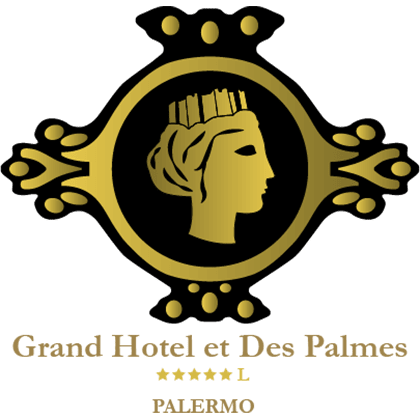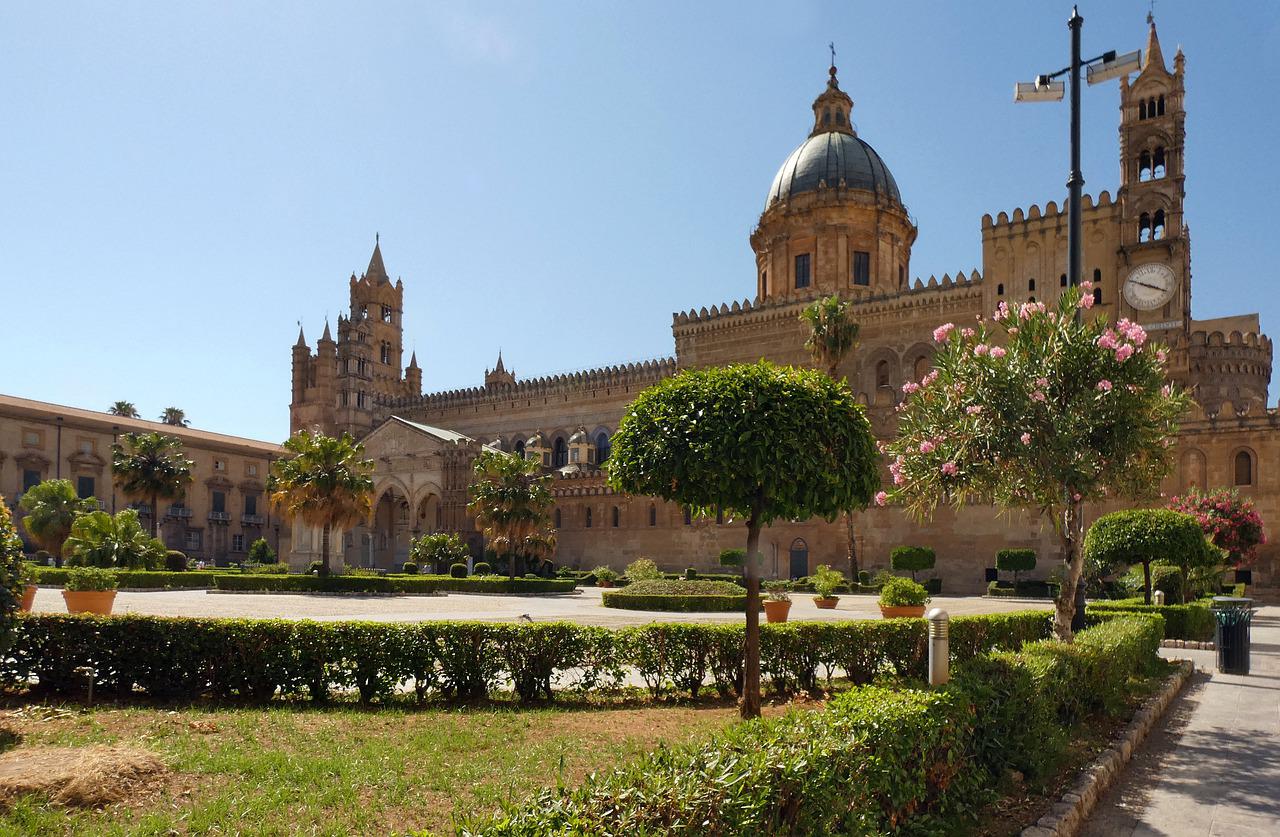Palermo
Known as Zyz by the Phoenicians, Panormus by the Romans, with the Arabs, Balaram, the Normans called it Balermus but today it is Palermo. A name that conveys a thousand-year history just by pronouncing it, conjures up traces of different peoples and cultures in the heart and mind.
From the Norman Palace with the Palatine Chapel to the Cathedral, passing through the church of San Cataldo and the Zisa Castle, and arriving at San Giovanni Degli Eremiti; everything seems to evoke a dreamlike dimension that holds, like a trunk full of treasures, the symbolic imagery of the East. The atmosphere is unique and seems to elicit and captivate with their visionary power, the tales of the Thousand and One Nights.



